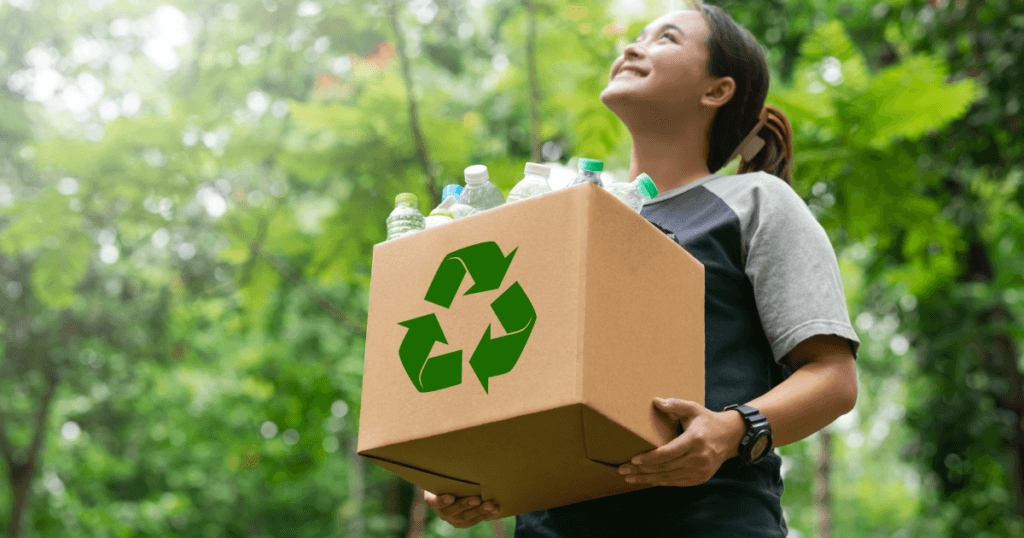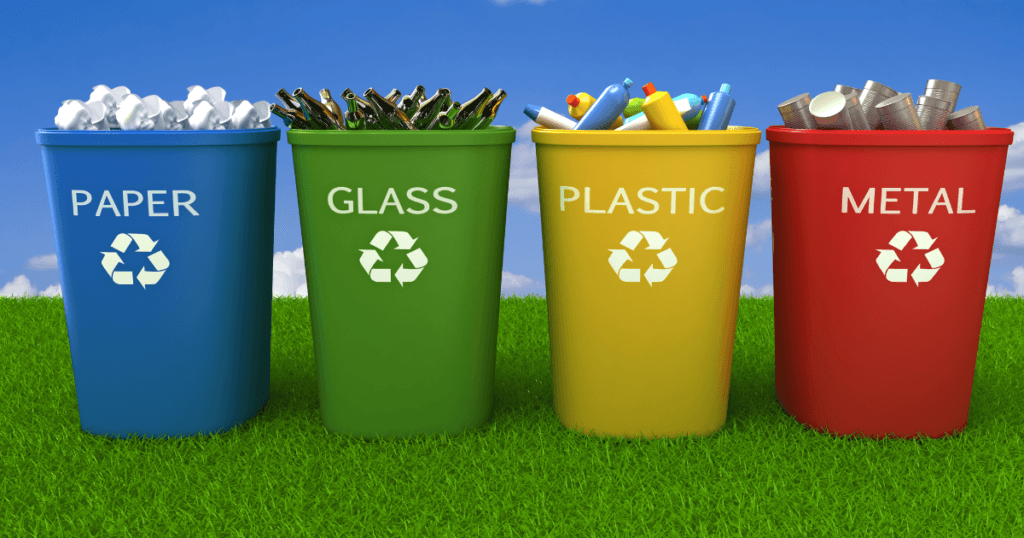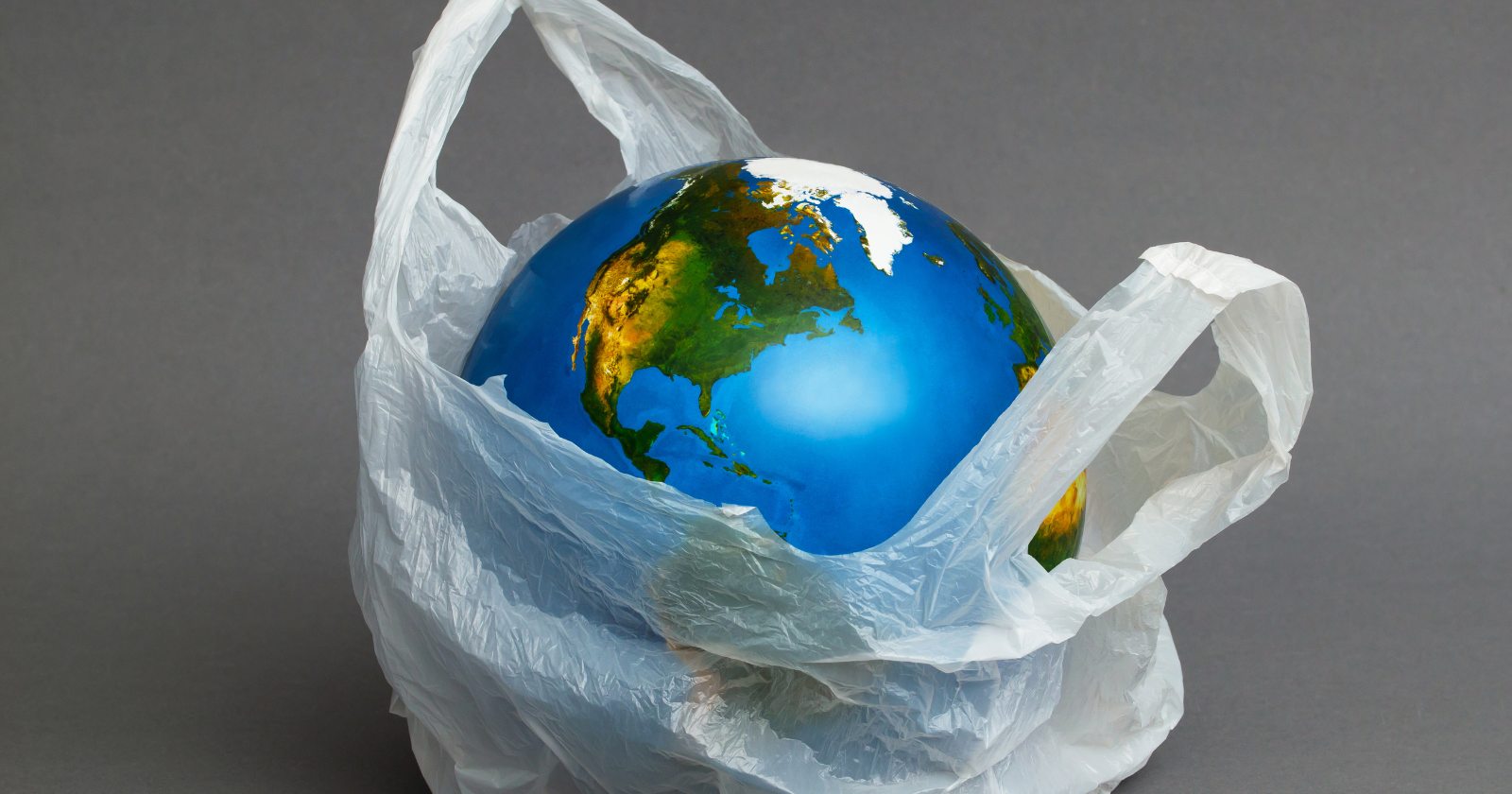Oxygen cannulas are commonly used in healthcare to deliver oxygen to patients. You might wonder if Oxygen Cannulas Are Recyclable.
The answer is most oxygen cannulas are not recyclable due to the materials used and potential contamination.
Recycling medical equipment like oxygen cannulas can be challenging. They are often made of plastic and rubber, which are hard to separate and recycle. Additionally, their use in a medical context makes them potential biohazards.
If you’re looking for more sustainable options, some healthcare settings may offer take-back programs for medical plastics.
It’s important to check with local facilities to see if they have any recycling or disposal programs in place.
Are Oxygen Cannulas Recyclable? The Key Takeaways
- Oxygen cannulas are generally not recyclable.
- Material and contamination issues complicate recycling them.
- Check local facilities for disposal programs.

Composition and Types of Oxygen Cannulas
Oxygen cannulas vary in materials and flow rates, impacting their comfort and functionality. This section explores the common materials used and the differences between high-flow and low-flow nasal cannulas.
Materials Used in Oxygen Cannulas
Oxygen cannulas are commonly made from plastic, vinyl, or PVC. These materials are chosen for their flexibility, durability, and ability to maintain shape.
Plastic cannulas are lightweight, making them comfortable for prolonged use.
Vinyl cannulas are softer and more pliable, reducing irritation around the nostrils.
PVC is another option, known for being more rigid but still comfortable and suitable for most users.
Many cannulas have soft, curved prongs that fit better in the nostrils to enhance comfort. Some even come with cushioned tubing to prevent pressure sores around the face and ears.
High-Flow vs. Low-Flow Nasal Cannulas
High-flow nasal cannulas deliver oxygen at rates up to 60 liters per minute (L/min). They are typically used in hospitals for patients needing substantial oxygen support.
High-flow cannulas usually involve a more complex setup, including humidifiers, to prevent the airways from drying out.
Low-flow nasal cannulas, on the other hand, deliver oxygen at rates between 1 to 6 L/min.
They are more commonly used in home settings for patients with chronic respiratory conditions. These cannulas are simpler, with just a standard oxygen supply and no need for additional equipment.
Choosing between high-flow and low-flow depends on your specific oxygen needs and medical advice from healthcare providers. The right type ensures effective treatment while maintaining comfort and mobility.

The Process of Recycling Medical Equipment
Recycling medical equipment involves several steps and challenges. This process ensures that reusable materials are repurposed and dangerous items are handled properly.
Identifying Recyclable Components
The first step in recycling medical equipment is identifying which parts can be recycled. Many devices have plastic, metal, and electronic components.
- Plastics: Often made from PVC, plastics in medical gear can be recycled.
- Metals: Items like IV stands and surgical tools usually contain metals that can be repurposed.
- Electronics: Some equipment includes electronic parts that need special handling.
Sorting each component helps ensure the correct recycling method is used for each material.
The Recycling Journey of Medical Plastics
Medical plastics often follow a specific path in recycling systems.
- Collection: Used items are gathered from hospitals and clinics.
- Segregation: Plastics are separated from other waste.
- Cleaning: Items are disinfected to remove any biohazard.
- Processing: Cleaned plastics are shredded and melted down to form new products.
PVC is a common plastic used in medical settings. Recycling centers have specialized methods for handling and repurposing it.
Short Video On How To Clean Your Cannula
Challenges in Medical Waste Recycling
Recycling medical waste presents unique challenges. Disposable medical equipment often contains a mix of materials that need to be treated separately.
- Contamination: Medical equipment is often contaminated with biohazards that need careful handling.
- Regulations: There are strict rules governing medical waste to protect public health.
- Cost: The expense of safe disposal and recycling is high, impacting recycling rates.
These challenges require advanced systems and cooperation from health facilities and recycling centers.

Environmental and Economic Considerations
Considering both environmental and economic factors is crucial when deciding whether to recycle oxygen cannulas. Key points include the impact on waste management and costs associated with recycling and disposal.
Life Cycle Analysis
The life cycle of an oxygen cannula involves raw material extraction, manufacturing, use, and end-of-life disposal.
Most cannulas are made from plastic, which requires significant energy to produce. This process generates greenhouse gas emissions and plastic waste.
After use, these cannulas typically end up in landfills, adding to the growing environmental burden.
Assessing the entire life cycle helps in understanding the true environmental impact of these devices.
The Costs of Recycling vs. Disposal
Recycling oxygen cannulas can incur higher costs than simple disposal. Special processing is needed to meet health and safety standards.
This includes cleaning, sorting, and transportation to recycling facilities.
In contrast, disposal often seems cheaper in the short term. Landfills charge less than recycling plants. However, the long-term environmental costs, like increased plastic waste and higher greenhouse gas emissions, can make disposal less attractive.
| Option | Financial Cost | Environmental Cost |
|---|---|---|
| Recycling | Higher | Lower plastic waste, reduced emissions |
| Disposal | Lower | Higher plastic waste, increased emissions |
Environmental Benefits of Recycling Oxygen Equipment
Recycling oxygen cannulas reduces plastic waste that ends up in landfills. It also cuts down on the energy required to produce new plastic from raw materials, leading to lower greenhouse gas emissions.
While there are costs involved, the environmental benefits can be significant. You contribute to a more sustainable healthcare system by supporting recycling initiatives.

Best Practices in Healthcare Settings
Proper handling of oxygen cannulas in healthcare settings is crucial for maintaining patient safety and environmental responsibility. This involves strict infection control measures, clear reuse guidelines, and effective disposal and recycling practices.
Infection Control and Reuse Policies
In hospitals, infection control is key. Oxygen cannulas are often single-use to prevent the spread of infections.
Reusing these devices without proper sterilization increases the risk of infection among patients.
You should always follow the hospital’s infection control policies to reduce this risk.
Healthcare providers must ensure cannulas are only reused when appropriate. Proper maintenance and sterilization are vital.
Regular checks for damages or contamination help maintain patient safety.
Doctors and medical staff need to be aware of these policies to provide the best quality of care.
Guidelines for Disposal and Recycling
It is important to dispose of oxygen cannulas correctly. Improper disposal can lead to hazardous waste, which can affect the environment and human health.
You should ensure cannulas end up in proper medical waste bins to comply with safety regulations.
Recycling options may vary by location.
Though many cannulas are single-use, some health facilities have recycling programs.
Familiarize yourself with local guidelines and programs that support recycling. This helps reduce waste and promotes a greener healthcare environment.
Always consult your hospital’s policies for specific instructions on the proper disposal and recycling of medical equipment.

Wrapping Up
Recycling oxygen cannulas is complicated. Most are made from plastic, a material that isn’t always easy to recycle due to contamination.
Consider the following:
- Check Local Recycling: Some areas may have specific programs.
- Clean and Sterilize: If possible, clean cannulas before recycling.
- Reuse: For personal use, clean and examine for any damage.
Plastic Type: Most cannulas are made from PVC, which can be recycled if facilities accept it. Look for recycling symbols on the product.
Alternatives: Consider biodegradable or reusable alternatives to reduce waste. Some companies offer greener options.
Contact Manufacturers: Ask about recycling programs or return policies. Some might take back used products.
Frequently Asked Questions
This section covers some common questions about oxygen cannulas, materials used, maintenance, and proper disposal methods.
What materials are used in the manufacturing of oxygen cannulas?
Oxygen cannulas are typically made from medical-grade PVC. Some parts may also include rubber or silicone. These materials are chosen for their flexibility and safety.
Can oxygen tubing deteriorate over time?
Yes, oxygen tubing can deteriorate. Exposure to sunlight, heat, and moisture can cause the tubing to become brittle and less effective. Regular inspection is important to maintain its condition.
How should one correctly dispose of used oxygen tubing?
Dispose of used oxygen tubing in regular household trash. It is not considered hazardous waste. However, check local regulations; some areas may have specific disposal requirements.
